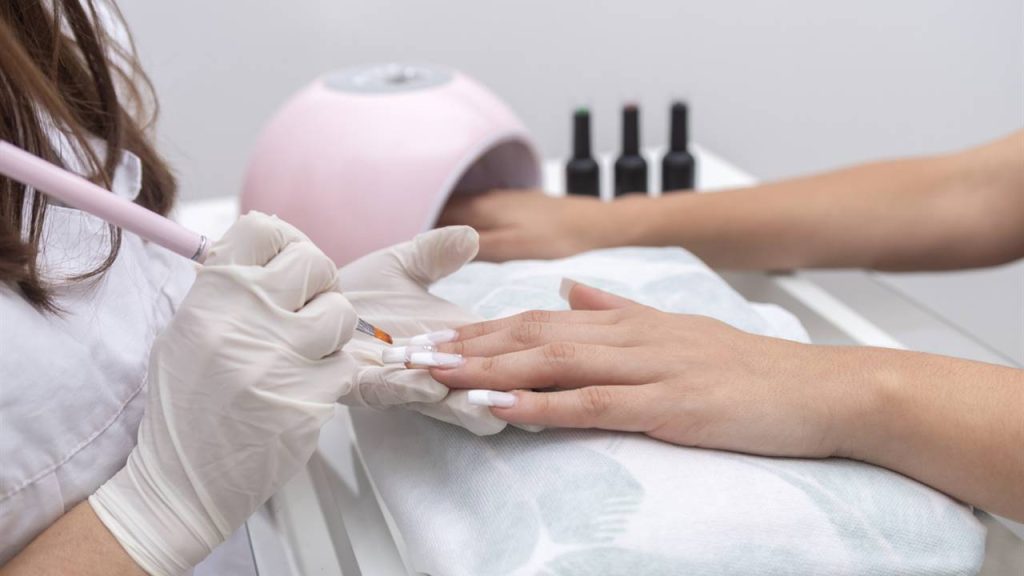Cerebral ischemia occurs when not enough blood reaches the brain. Recognizing symptoms quickly is key to avoiding sequelae.

- What is ischemic stroke?
- Causes of cerebral ischemia
- Cerebral ischemia: symptoms
- How is cerebral ischemia different from stroke?
- What is the treatment for cerebral ischemia?
Our brain is, perhaps, the most delicate part of our body and is tremendously sensitive to interruptions in blood flow. If you do not receive the oxygen and nutrients you need, you can suffer irreparable damage and you have to be aware of the symptoms that this causes to act as soon as possible. We tell you what ischemic stroke is and how to recognize it.
WHAT IS ISCHEMIC STROKE?
Cerebral ischemia (or ischemic stroke) occurs when there is not enough blood flow to the brain, preventing brain tissue from getting the oxygen and nutrients it needs.
- Brain tissue stops working seconds after it lacks the supply of oxygen and glucose that provides blood flow and begins to die within 5 minutes. In other parts of the body, however, this occurs after 20-40 minutes.
The severity of brain damage from cerebral ischemia will depend on two factors: how long the brain has been without blood flow and how long the brain has been affected.
That is why cerebral ischemia is a medical emergency that requires immediate attention. If left untreated, it can lead to death or significant and permanent brain injury.
CAUSES OF CEREBRAL ISCHEMIA
Cerebral ischemia can affect the entire brain (global) or a single area (focal):
- Focal cerebral ischemia affects an area of the brain supplied by an artery and is one of the leading causes of disability and death worldwide. It occurs when a blood clot plugs a blood vessel in the brain and reduces blood flow to a specific area of the brain. It can be caused by a thrombosis (when the clot has formed in the wall of the cerebral artery) or an embolism (if the clot has originated elsewhere in the body, such as the heart).
- Global cerebral ischemia occurs when blood flow to the brain stops or slows, something that is often the result of cardiac arrest.
Cerebral ischemia is associated with various diseases such as blood vessel problems, plaque buildup in the arteries, very low blood pressure as a result of a heart attack, congenital heart defects, or sickle cell anemia.
In rare cases, an infection can led to cerebral ischemia (in fact, it is believed that infection with the COVID-19 virus may increase the risk).
The main risk factors related to cerebral ischemia are obesity, not practicing physical exercise, hypertension, diabetes, atrial fibrillation, having high cholesterol and smoking.
CEREBRAL ISCHEMIA: SYMPTOMS
The main symptoms of cerebral ischemia include:
- Problems with vision, movement, and speech.
- Difficulty understanding what others are saying.
- Weakness or paralysis in the face and body, often affecting only one side of the body.
- Loss of consciousness.
- Blindness or double vision.
- Coordination problems.
- Sudden, severe headache.
- Dizziness or vertigo.
These measures can help distinguish cerebral ischemia quickly:
- Raise both arms above the head: if one falls slumped, it is a sign of stroke or cerebral ischemia.
- Smile. If one side of the mouth falls, it is a clear sign.
- Ask the person to repeat a simple phrase and see if it costs them.
If you or someone who is with you experiences any of the symptoms of cerebral ischemia, call the emergency room immediately, because the longer you go without receiving medical attention, the worse the sequelae.
HOW IS CEREBRAL ISCHEMIA DIFFERENT FROM STROKE?
The term stroke (or stroke) encompasses all neurological lesions that have a vascular cause. That is, cerebral ischemia is a type of stroke, along with subarachnoid hemorrhage and intracerebral hemorrhage (which are due to the rupture of a cerebral blood vessel).
- In fact, cerebral ischemia is the most common type of stroke and accounts for 87% of all strokes.
Stroke is one of the leading causes of disability worldwide and its prevalence increases with age: almost 75% of cases affect people over 65 years of age. It is more common among African-Americans and Hispanics than Caucasians and affects almost as many men as women.
WHAT IS THE TREATMENT FOR CEREBRAL ISCHEMIA?
The treatment of cerebral ischemia is aimed at correcting its cause and ensuring adequate cerebral blood flow.
It may consist of medicines to dissolve blood clots or reduce the chance of blood clotting and may also include surgery to remove clots.
Rehabilitation is often needed to recover affected brain functions such as speech, movements, etc.
After recovery, it is essential to make a change in habits to avoid a second cerebral ischemia and quit smoking, exercise regularly and maintain a healthy weight.





